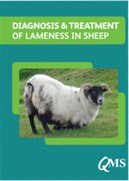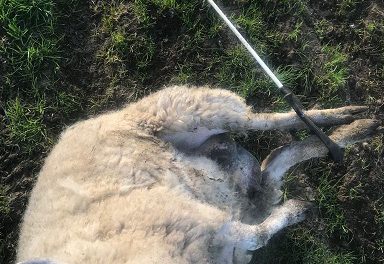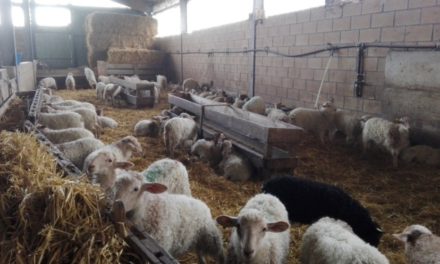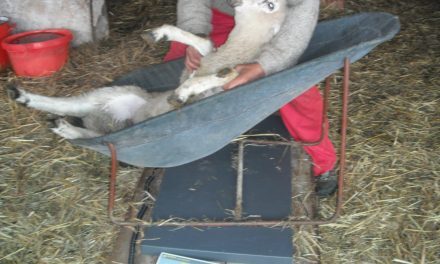This post is also available in:
![]()
![]()
![]()
![]()
![]()
![]()
How to Recognise Lameness
Solution name: Booklet on how to recognise lameness
Aim: To provide solutions for different causes of lameness in small ruminants (Diagnosing and treating different causes of lameness)
Description:
The Quality Meat Scotland booklet is in a handy format and can be kept near your handling facilities. It gives:
- General tips on foot care
- Identifying a normal, healthy foot.
- Guide on how to correctly diagnose and treat various causes of lameness.
In most cases, routine trimming of all feet is unnecessary and can actually do more harm than good.
- Best practise guides for foot bathing and trimming.
How to implement:
Regular foot inspection
Topic: Health
Production: Meat/Dairy
Animal Category: All
Issue: Lameness
Level of Solution: Knowledge, Practical
Country: UK

Expected benefits
Expected benefits:
The correct diagnosis and treatment of lameness will improve welfare & productivity. Other potential benefits include reducing the amount of antibiotics used.
Prerequisites and/or limits (knowledge, training, capabilities, cost, management, facilities, equipment, etc.):
- Farmers should be aware of the impact environmental conditions can have on the level of incidence. (e.g. housing conditions – clean, dry bedding) Good, hygienic conditions reduce the opportunity for causative bacteria to spread.
- Farmers should be aware of the appropriate antibiotics to use, and how to administer them effectively.
- Good handling facilities.
Cost Benefit analysis
Sheep lameness represents a significant animal welfare issue, but is also a substantial impact on farm profitability, with lameness estimated to cost the UK sheep industry 28 million pounds (£) a year. Scottish sheep farmers like the benchmark farm who are implementing the advice from the booklet have improved their financial margins (despite infrastructure investment) by reducing their flock lameness percentage. This decrease in lameness has seen savings in certain medicines and in vet inputs. Whilst also increasing lamb survival post-partum, rearing heavier lamb carcass weights with faster growth rates. Lameness reduction is achievable within a relatively short time scale but does require farmers to be committed for the longer-term in order to maintain success. Thus, the booklets suggestions are very practical and a necessary technical support for sheep farmers, but the content needs to be continually revisited.
Sustainability analysis
This solution does not have any impact on fuel, electricity or water consumption, but allows for a better grazing management and feeding of the animals, with a lower reliance on bought-in concentrates. In turn, the output from the animal is potentially increasing by 10%, due to a better feed management.
The solution does not have a major impact on the global environment, apart for perhaps a reduction in disposal of plastic, as less plastic bags of concentrates are needed, since the guidelines focus on using silage and grazing instead of concentrates.






